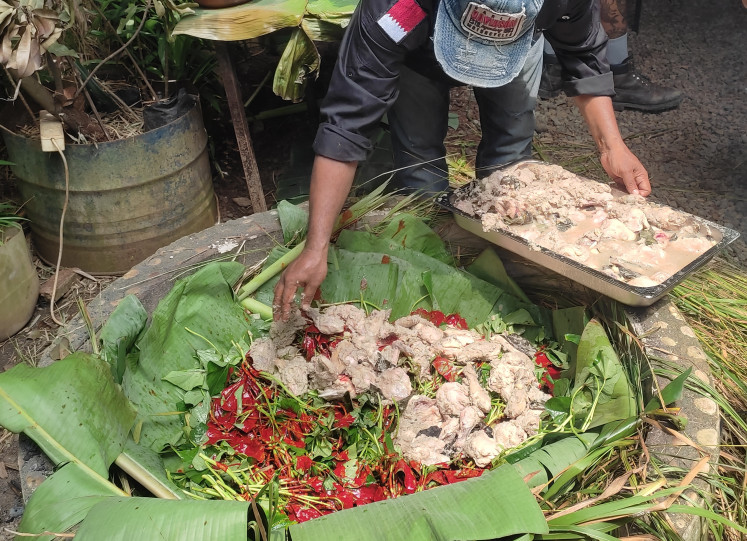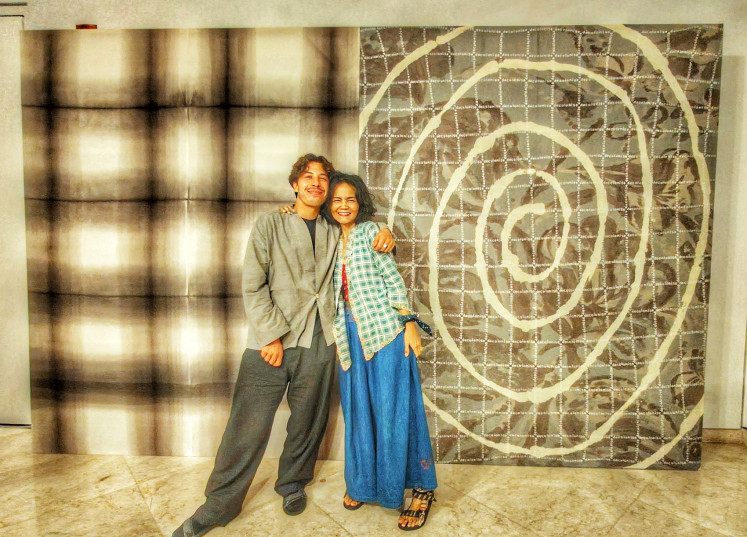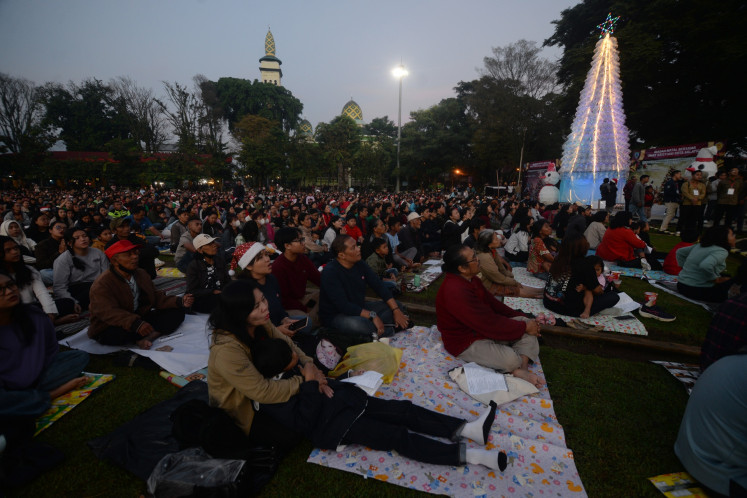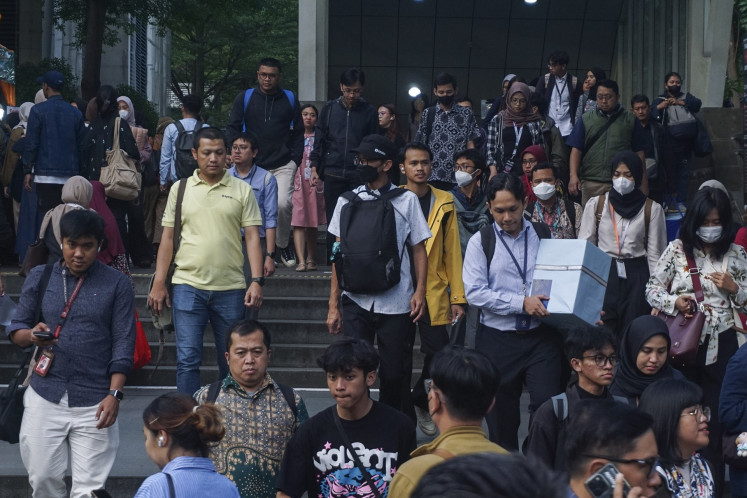Popular Reads
Top Results
Can't find what you're looking for?
View all search resultsPopular Reads
Top Results
Can't find what you're looking for?
View all search resultsAncient hot spring may provide clues to lost palace of Majapahit monarch Tribhuwana Tunggadewi
The era of Hayam Wuruk and mahapatih Gajah Mada is known as the golden era of Majapahit. However, some historians state that its glory was highly influenced by Tribhuwana Tunggadewi, the kingdom's strongest female ruler.
Change text size
Gift Premium Articles
to Anyone
T
he recent discovery of an ancient pentirtaan (hot spring) in Sumberbeji village, Jombang regency, East Java, may provide clues to the location of a palace of the short-lived Kahuripan Kingdom that later became seat of the strongest female ruler in the history of the Majapahit Kingdom, Tribhuwana Tunggadewi.
According to Wicaksono Dwi Nugroho, an archaeologist from the Trowulan Cultural Heritage Preservation Agency (BPCB) in East Java and the head of the Sumberbeji site excavation team, among the archaeological findings that support the assumption were an ancient brick structure about three kilometers north of the hot spring and the Rimbi Temple about 14 km southeast of Sumberbeji.
The excavation of the Sumberbeji site, which is believed to have existed prior to the Majapahit Kingdom and was later refurbished during that period, has so far unveiled almost the entire structure of a building and the architectural landscape. The management of the water supply for the hot spring and a water fountain inside the pentirtaan is also considered to be quite complicated and advanced. The water from the canal was channeled to three directions: to the left and to the right through the hot spring walls and out the front through a meru (mountain symbol) structure that existed in the middle of the pentirtaan. As the result, the water was distributed through dozens of fountains of several different heights.
"The architecture's sophistication, the water supply and fountain system, the smoothness of the carvings on the garuda statue and dozens of jaladwara [waterway segments] and the discovery of ceramics from the Song and Yuan dynasties ensure [us] that this hot spring was built and used by the royal family. The question is: Where's the palace?" Wicaksono recently asked The Jakarta Post.
Previous findings of brick structures in the Sugihwaras and Kedaton hamlets, which are only about 100 meters from each other, supported this assumption as they are believed to be parts of the structure of a palace from the Majapahit era.
"The gateway in the Sugihwaras site, the thickness of the wall foundation that is about 80 centimeters and the name 'Kedaton' itself [which is Javanese for palace], also indicates to us that the two sites were part of a palace complex," Wicaksono added.
Meanwhile, the Rimbi Temple, which was found by Dutch biologist Alfred Wallace in the late 19th century, is believed by historians to be a temple dedicated to Tribhuwana Tunggadewi, the third ruler of the Majapahit Kingdom. In the temple complex, researchers found a statue of Parvati, the Hindu goddess of fertility who was the wife of the Hindu god Shiva. At the temple, Parvati was regarded as a representation of Tribhuwana Tunggadewi.



















